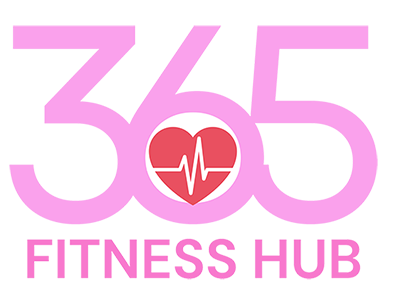In recent months, TikTok has seen a surge of videos discussing “cortisol face,” a term that has captured the attention of many users. This phenomenon highlights the impact of stress on our appearance, particularly how elevated cortisol levels can affect facial features. But what exactly is cortisol face, and why has it become such a topic of fascination on social media? Let’s delve into the science behind it and explore its popularity on TikTok.
Understanding Cortisol and Its Effects
Cortisol is a hormone produced by the adrenal glands in response to stress. It plays a crucial role in various bodily functions, including metabolism, immune response, and blood sugar regulation. However, chronic stress can lead to consistently high levels of cortisol, which may have several negative effects on the body and mind.
One of the more visible impacts of elevated cortisol is its effect on the skin and facial features. Prolonged exposure to high cortisol levels can lead to:
Weight Gain: Cortisol can increase appetite and cravings for high-calorie foods, leading to weight gain, especially in the face and abdomen.
Skin Changes: High cortisol levels can contribute to skin conditions like acne and eczema, and can also lead to a loss of skin elasticity, resulting in a more tired appearance.
Facial Puffiness: Increased cortisol can cause fluid retention, which may manifest as puffiness, particularly around the eyes and cheeks.
These changes have led to the term “cortisol face,” referring to a bloated or fatigued appearance associated with stress.
TikTok’s Fascination with Cortisol Face
So, why has TikTok become obsessed with the concept of cortisol face? Here are a few reasons:
- Relatability
Stress is a universal experience, and many people can relate to the feeling of looking more worn out during challenging times. Videos that explore cortisol face resonate with users who see their own experiences reflected in the content. - Awareness of Mental Health
There’s been a growing conversation around mental health, particularly among younger generations. Discussions about stress, anxiety, and their physical manifestations, like cortisol face, contribute to a broader understanding of the mind-body connection. - Aesthetic and Trends
TikTok thrives on visual trends, and the concept of cortisol face has spurred creative content, from educational videos to comedic takes. Users share their own experiences, tips for reducing stress, and skincare routines, all while engaging with a growing community interested in health and wellness. - Skincare Culture
The rise of skincare culture on social media means that users are keen to discuss and share remedies for common skin issues. Many TikTokers offer advice on combating the effects of stress on the skin, from hydration techniques to specific products that can help reduce puffiness.
How to Combat Cortisol Face
If you find yourself experiencing symptoms of cortisol face, there are several strategies you can employ to help mitigate its effects:
Manage Stress: Incorporate stress-reducing practices into your routine, such as yoga, meditation, or mindfulness exercises.
Stay Hydrated: Drinking enough water can help reduce puffiness and improve skin health.
Balanced Diet: Focus on a balanced diet rich in fruits, vegetables, and lean proteins, which can help regulate cortisol levels.
Sleep: Ensure you’re getting enough restful sleep, as this is crucial for overall health and can help your body manage stress better.
Conclusion
Cortisol face is a relatable and visually striking concept that has taken TikTok by storm. By linking our appearance to our mental health, it has opened up discussions about stress, wellness, and self-care. As social media continues to shape conversations around beauty and health, understanding the science behind these trends can help us navigate our own wellness journeys with greater awareness and compassion.

